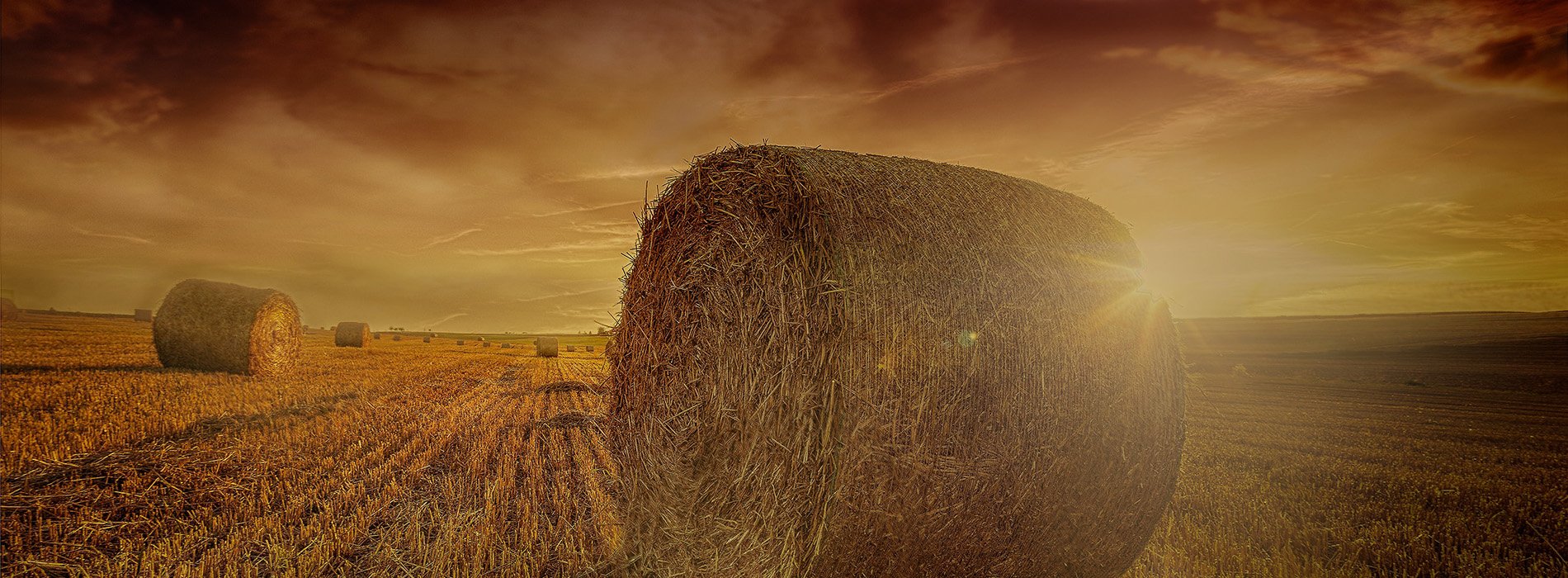

We must produce liquid biofuels and bioproducts from renewable and sustainable resources at a price that is competitive to petroleum derived fuels and commodities. Based on this motivation and market demand, we have successfully developed a straightforward but highly efficient process to produce biodiesel from an oleaginous yeast strain, Cryptococcus curvatus grown on hydrolysate of sweet sorghum bagasse (Fig. 1). The simple pretreatment of using 0.5% sulfuric acid at 121°C for 1 h released 92.2% of theoretically available sugars in sorghum bagasse. The yeast strain thrived on the hydrolysates and accumulated lipids to an extent of 48% of dry cell weight. Through a one-step in-situ transesterification reaction using microwave energy, 92.0% of lipids in wet cells of C. curvatus were converted to crude biodiesel under an optimal condition.
The bagasse-to-biodiesel pathway is certainly ready to be scaled up. However, using this pathway, yeast cell residues after transesterification and the washed solid following pretreatment are generated. To utilize these two materials, we have used hydrothermal liquefaction (HTL) to convert these two materials to biocrude considering two reasons: (1) compared with other thermochemical processes, HTL is conducted at a relative low temperature of 250-350°C; and (2) HTL can handle materials with any levels of water content. High yield (61.8%) of biocrude has been observed when the pretreated bagasse was liquefied at 300°C with K CO as the catalyst (Fig. 2). At present, we are fine tuning the HTL process and aiming to upgrade the produced biocrude to refinery-ready fuels. Once the whole process is successfully developed, life cycle analysis and techno-economic analysis will be conducted to ensure its environmental sustainability and cost effectiveness.
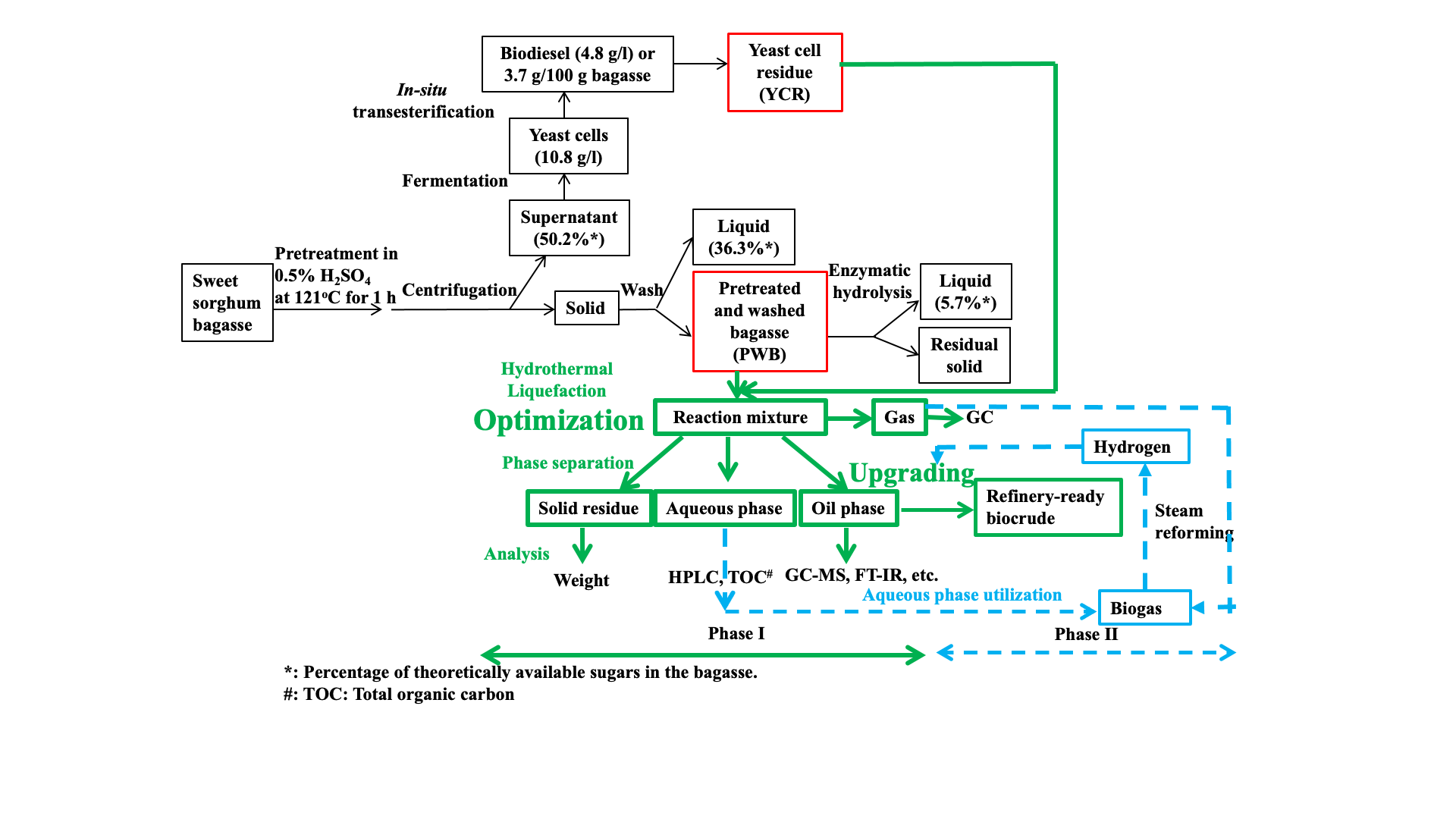
Fig. 1: The integrated platform for producing biofuels and bioproducts from sorghum bagasse
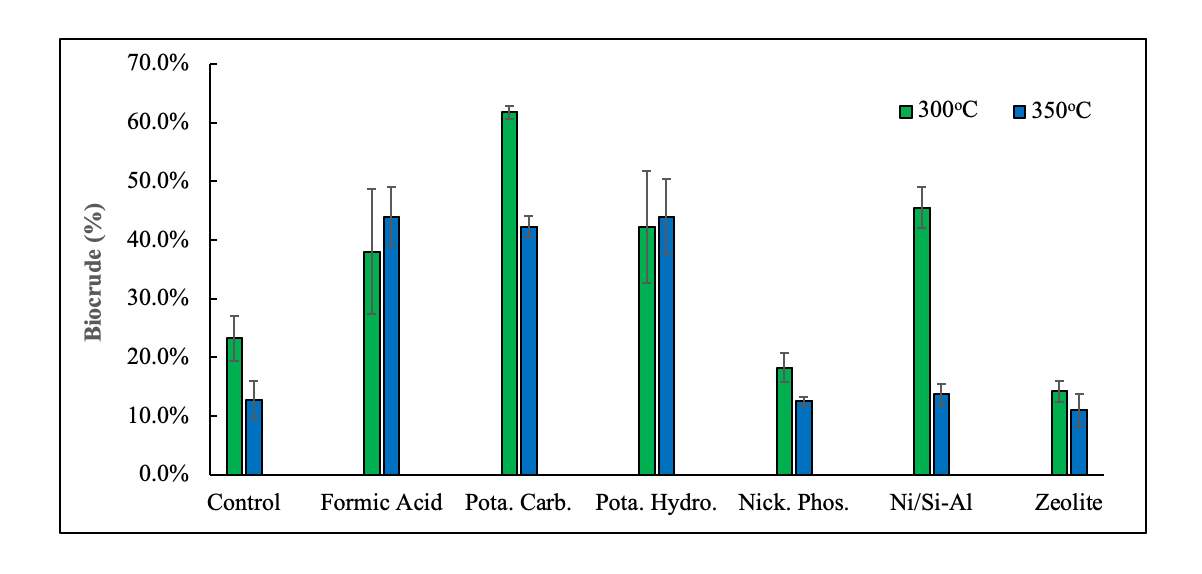
Figure 2: Yield of biocrude from pretreated bagasse under different conditions
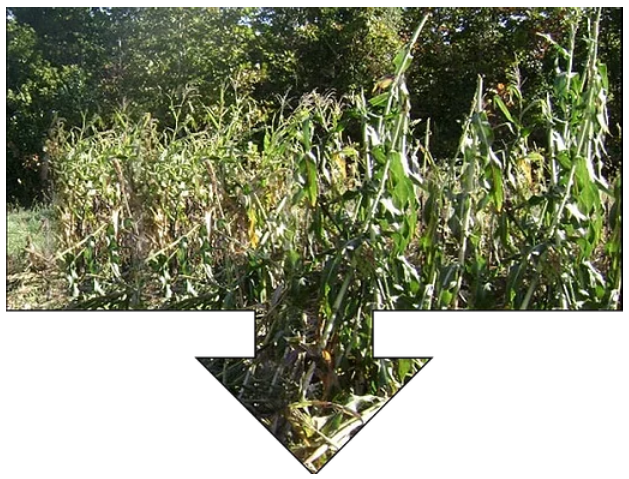
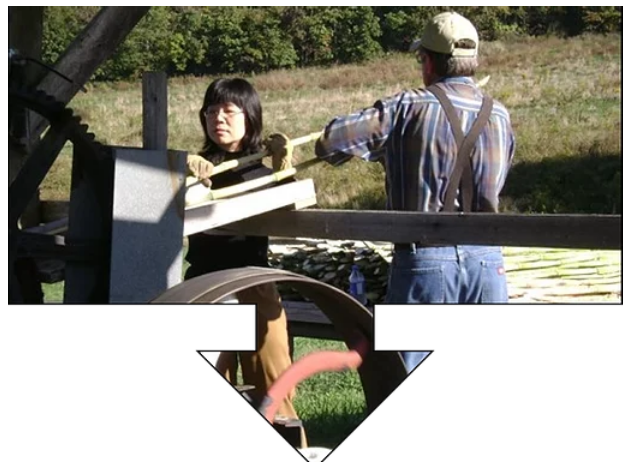
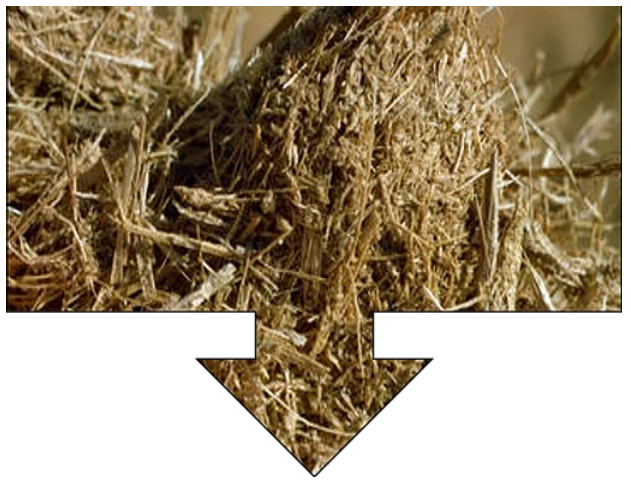
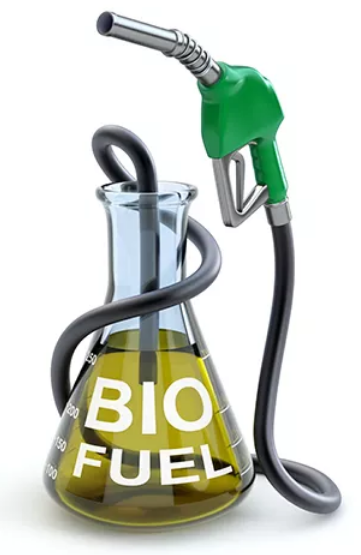
Funding sources: EPA, NSF REU, NSF MRI, Burroughs Wellcome Fund, SIUC seed grant
Banner Photo Photo by Luca Huter on Unsplash